Can You Get a DUI on a Bike in California? DUI vs. BUI Laws Explained
21% of pedal cyclists died with a blood alcohol level (BAC) of 0.01 grams per deciliter or higher, according to a 2021 NHTSA report.
And get this: a study found that nearly 45% of injured cyclists who tested positive for alcohol already had prior DUI convictions. This means many people might be turning to bicycles after losing their driving privileges.
So, this post breaks down everything you need to know about California's bicycle DUI laws, so you can stay safe and informed. Here's what we'll cover:
- The legal framework for "Bicycling Under the Influence" (BUI).
- How do these laws compare to standard DUI laws for motorists?
- Penalties for BUI, including fines and potential impact on minors.
- How law enforcement detects impaired cyclists.
- The impact of BUI on the cycling community and safety.
- Prevention and education efforts to keep everyone safe.
Let's get started.
TL;DR
- Bicycling Under the Influence (BUI): It's illegal to ride your bike while impaired by alcohol or drugs. There's no set BAC limit for cyclists – any noticeable impairment could lead to a BUI.
- California DUI Laws: You can't drive a car with a BAC of 0.08% or higher, or if you're impaired by any amount of alcohol or drugs. Penalties include jail time, fines, license suspension, and DUI programs.
- Chemical Testing: Both motorists and cyclists can request a chemical test (blood, breath, or urine) if suspected of DUI or BUI.
- Key Differences: DUI penalties are far harsher than BUI penalties. Cyclists won't face jail time or lose their driver's license but could still get fined and be required to complete a substance abuse program.
- Enforcement: Officers look for signs of impairment like weaving, ignoring traffic signals, and difficulty balancing. They may also use field sobriety tests and breathalyzers.
- Penalties for BUI: Fines (up to $250), possible substance abuse programs, and potential driver's license suspension for minors.
- Impact on the Cycling Community: BUI can lead to accidents, injuries, and a negative perception of cyclists in general.
- Prevention and Education: Community outreach, school programs, and cycling organizations play a vital role in raising awareness about BUI.
- Alternative Transportation: If you plan on drinking, consider ride-sharing, public transportation, or a designated driver.
Understanding DUI Laws for Motorists
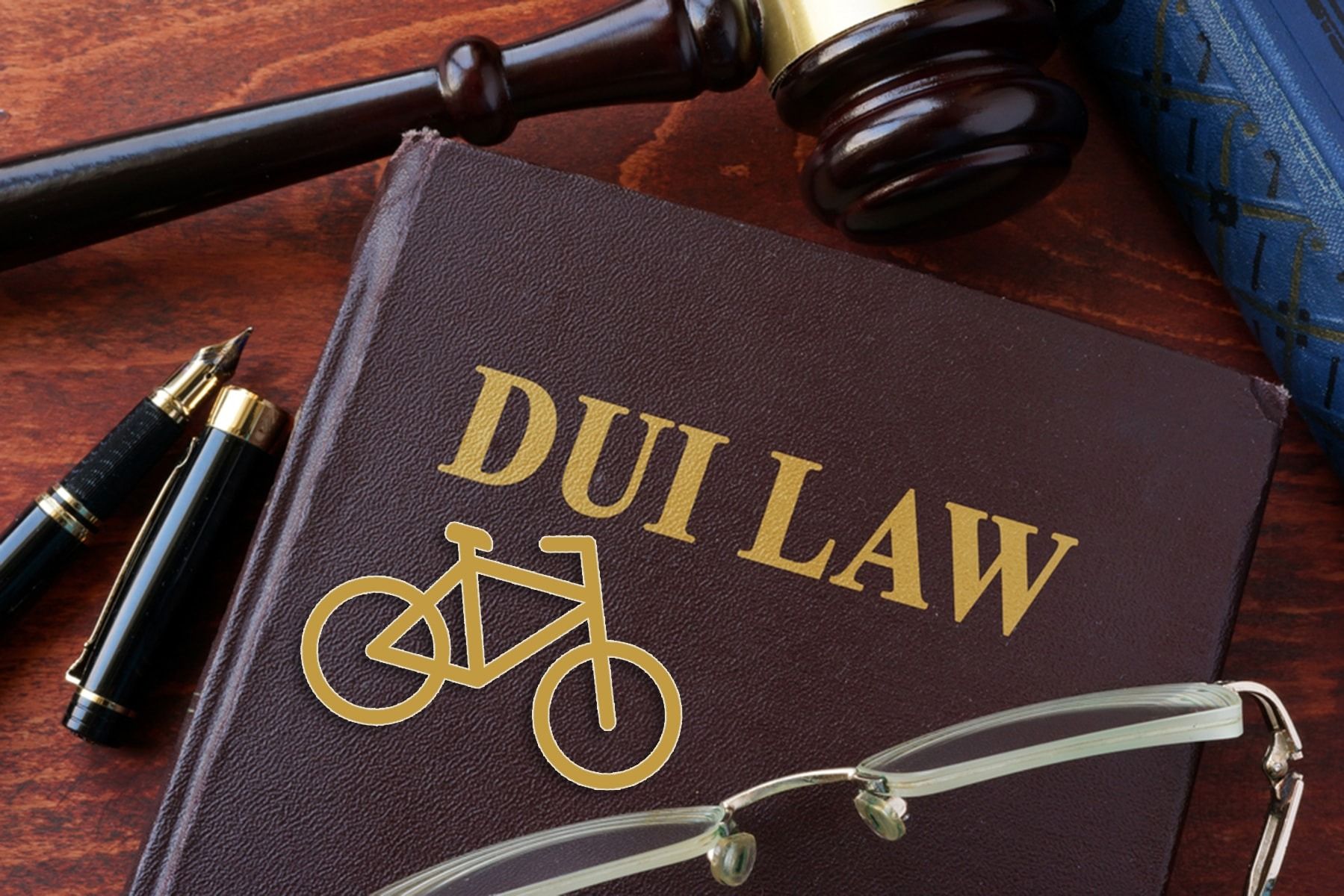
In California, driving under the influence of alcohol or drugs is a serious offense. Vehicle Code Section 23152 makes it crystal clear: you can't operate a motor vehicle if you're impaired. This means:
- You can't drive if you're under the influence of any alcoholic beverage. Even if you haven't reached the legal limit, if your abilities are impaired, you're breaking the law.
- You can't drive with a blood alcohol concentration (BAC) of 0.08% or higher. This is the legal limit for most drivers in California.
If you're caught driving under the influence, the penalties can be harsh. You could face jail time, hefty fines, suspension of your driver's license, and mandatory DUI programs. These programs often involve education, therapy, and sometimes even ignition interlock devices installed in your vehicle.
Pro Tip: If you'll be drinking, plan ahead. Designate a sober driver, use a ride-sharing service, or take public transportation. It's simply not worth the risk.
DUI Laws Specific to Cyclists
Now, here's where things get interesting. California Vehicle Code Section 21200.5 deals specifically with riding a bicycle under the influence. It says that riding your bike while impaired by alcohol or drugs is illegal.
But here's the key difference: the penalties for bicycling under the influence (BUI) are much less severe than for driving a car under the influence. This makes sense when you consider that bikes generally pose a lower risk to others than cars.
Instead of jail time, license suspension, and thousands of dollars in fines, a BUI typically results in a fine of no more than $250. You also won't lose your driver's license.
However, don't let this fool you into thinking you can just hop on your bike after hitting the bars. A BUI is still a serious offense with real consequences. It can go on your record and even impact your ability to get certain jobs.
Chemical Testing and Rights
Just like drivers suspected of DUI, cyclists can also be asked to take a chemical test. This means you might have to give a blood, breath, or urine sample to measure the amount of alcohol or drugs in your system.
This is similar to the rights drivers have under Section 23612 of the Vehicle Code. It ensures that cyclists also have a fair chance to challenge the officer's assessment of their impairment.
However, while drivers automatically lose their license if they refuse a chemical test, the same doesn't apply to cyclists. Refusing a test as a cyclist won't lead to an automatic driver's license suspension.
Key Differences and Similarities Between DUI and BUI
So, we've seen that both motorists and cyclists can get in trouble for operating their vehicles under the influence. But how exactly are these laws alike, and how do they differ? Let's break it down:
Similarities:
- Both motorists and cyclists are subject to laws against operating under the influence. Whether you're behind the wheel of a car or pedaling a bike, being impaired puts yourself and others at risk.
- The legal process is similar. This includes the right to chemical testing and the procedures for challenging the results. This ensures everyone is treated fairly under the law.
Differences:
- No set BAC limit for cyclists. For motorists, it's clear: 0.08% BAC, and you're over the limit. But for cyclists, there's no specific number. Any noticeable impairment due to alcohol or drugs could lead to a BUI.
- Penalties are much lighter for cyclists. As we've seen, cyclists face fines but avoid the harsher consequences drivers face, like jail time and license suspension.
The Legal Framework for BUI in California
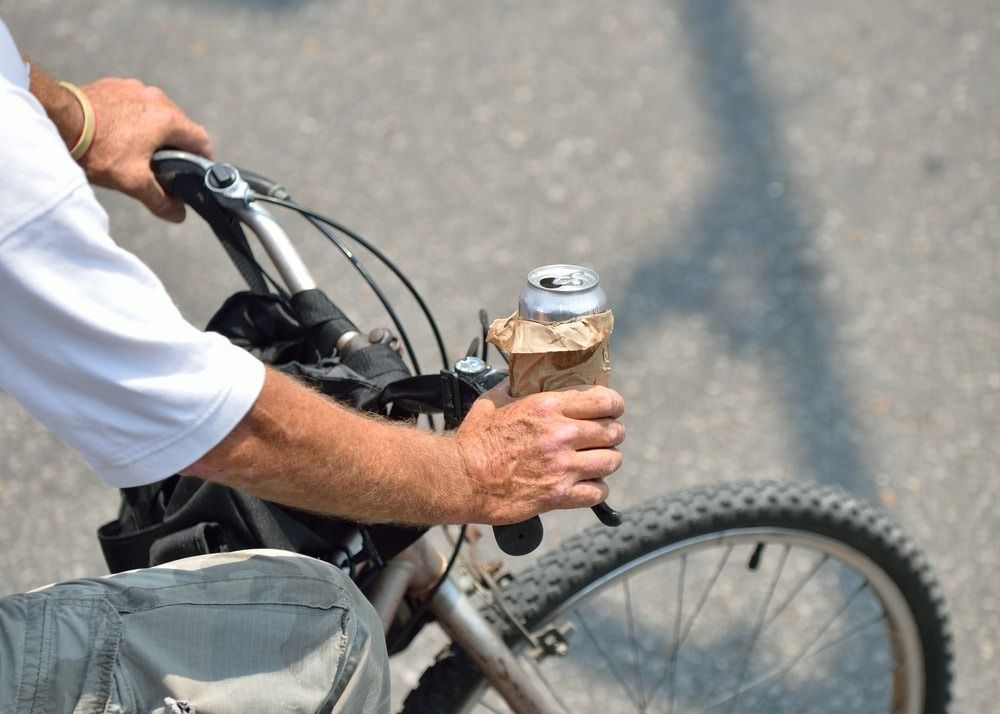
California Vehicle Code Section 21200.5 is the key piece of legislation that governs cycling under the influence. Here's the breakdown:
- It's illegal to ride a bike on any roadway while under the influence of alcohol or drugs. This includes streets, highways, and bike paths.
- Any amount of impairment can lead to an offense. Unlike driving a car, there's no specific BAC (blood alcohol content) limit for cyclists. If your ability to ride safely is impaired, you could be arrested.
- You have the right to request a chemical test. Just like motor vehicles, you can ask for a blood, breath, or urine test to determine your level of intoxication.
Here's the exact wording from the California Vehicle Code:
Notwithstanding Section 21200, it is unlawful for any person to ride a bicycle upon a roadway while under the influence of an alcoholic beverage or any drug, or under the combined influence of an alcoholic beverage and any drug. Any person arrested for a violation of this section may request to have a chemical test made of the person’s blood, breath, or urine for the purpose of determining the alcoholic or drug content of that person’s blood pursuant to Section 23612, and, if so requested, the arresting officer shall have the test performed. A conviction of a violation of this section shall be punished by a fine of not more than two hundred fifty dollars ($250). Violations of this section are subject to Section 13202.5.
(Amended by Stats. 1999, Ch. 22, Sec. 17. Effective May 26, 1999.)
How Does This Compare to California DUI Laws for Motorists?
While both DUI and BUI are serious offenses, there are some key differences:
| Factor | DUI (Motorists) | BUI (Cyclists) |
|---|---|---|
| BAC Limit | 0.08% or higher | No specific limit; any noticeable impairment |
| Penalties | Jail time, fines, license suspension, DUI programs | Fine (up to $250) |
| Chemical Test | Refusal leads to automatic license suspension | Refusal does not lead to automatic license suspension |
Even though the penalties for BUI are generally less severe, a BUI conviction can still have serious consequences. It can go on your record, affect your insurance rates, and even impact your employment prospects.
Enforcement and Detection: How Do Officers Spot Impaired Cyclists?
Here are some common signs they look out for:
- Weaving or swerving: Having trouble staying in your lane is a major red flag.
- Ignoring traffic signals: Running stop signs or red lights is a surefire way to attract unwanted attention.
- Riding on the wrong side of the road: This is incredibly dangerous and a clear sign that something might be off.
- Unsafe lane changes: Making sudden or erratic lane changes without signaling.
- Slow or unusually cautious riding: While this might seem counterintuitive, riding abnormally slowly can also indicate impairment.
- Falling off your bike or having trouble balancing: This is a pretty obvious sign that something's not right.
- Slurred speech or bloodshot eyes: If an officer stops you, they'll be looking for these telltale signs of intoxication.
Field Sobriety and Breathalyzer Tests for Cyclists
If an officer suspects you're impaired, they might ask you to perform field sobriety tests. These are the same tests used for drivers and typically involve things like:
- One-leg stand: Balancing on one leg for a certain amount of time.
- Walk-and-turn: Walking heel-to-toe in a straight line.
- Horizontal gaze nystagmus: Following a moving object with your eyes.
Officers may also use a breathalyzer to test your BAC. Even though there's no set BAC limit for cyclists, a high reading can still be used as evidence against you.
Challenges in Detecting Impairment in Cyclists
Detecting impairment in cyclists can be trickier than in drivers. Here's why:
- Bikes are inherently less stable than cars. So, some weaving or wobbling might be normal, especially on uneven roads.
- There's no standardized field sobriety test specifically for cyclists. The tests used for drivers might not be as reliable for cyclists.
- It's harder to observe cyclists' behavior. Cyclists are smaller and move more erratically than cars, making it more difficult for officers to spot signs of impairment.
Read Next: California Bicycle Laws and Accident Statistics
Penalties and Consequences of BUI
While the penalties for BUI are less severe than for a DUI, they're nothing to scoff at. Here's what you could be facing if you're convicted of cycling under the influence in California:
- Fines: The maximum fine for BUI is $250. While this might seem like a slap on the wrist compared to the thousands of dollars in fines associated with a DUI, it's still a significant chunk of change.
- Substance Abuse Programs: In some cases, the court may require you to complete a substance abuse education or treatment program. This is especially likely if you have prior offenses or if your BAC was particularly high.
- Impact on Minors: If you're under 21 and convicted of BUI, you could face a one-year suspension of your driver's license, even though you weren't drunk driving a car at the time of the offense. This can be a major inconvenience, especially for teens who rely on their licenses for school, work, or social activities.
Other Consequences of a BUI
Beyond the legal penalties, a DUI for riding a bike can have other lasting consequences:
- Criminal Record: A BUI conviction will go on your criminal record. This could affect your ability to get certain jobs, rent an apartment, or even travel to some countries.
- Increased Insurance Rates: Your bicycle insurance rates could go up, and in some cases, it might be difficult to find coverage at all.
- Damage to Your Reputation: A BUI conviction can damage your reputation and strain relationships with friends, family, and employers.
Even though a BUI doesn't carry the same weight as a DUI, it's still a serious offense with potentially significant consequences. It's always best to play it safe and avoid cycling after consuming alcohol or drugs.
Also Read: Cycling Under the Influence: Marijuana DUI and Bicycle Accidents
Impact on Cycling Community and Safety
Cycling under the influence doesn't just affect the individual rider – it has ripple effects throughout the entire cycling community. Let's take a closer look:
- Safety Concerns: BUI puts everyone on the road at risk—cyclists, pedestrians, and other vehicles. It can lead to accidents, injuries, and even fatalities. This, in turn, can create a negative perception of cyclists in general, even those who ride responsibly.
- Public Awareness: Raising public awareness about the dangers of BUI is crucial. Many people mistakenly believe that cycling under the influence is harmless. Educational campaigns and community outreach programs can help dispel these myths and promote responsible cycling habits.
Pros and Cons of BUI Enforcement
Enforcing BUI laws has both benefits and drawbacks:
Benefits:
- Increased safety: Stricter enforcement can deter cyclists from riding while impaired, leading to safer roads for everyone.
- Improved public image: By cracking down on BUI, California law enforcement can help improve the image of cyclists as responsible road users.
Drawbacks:
- Unintended consequences: Some worry that overly aggressive enforcement could discourage people from cycling altogether, leading to fewer people enjoying the health and environmental benefits of biking.
- The strain on resources: Enforcing BUI laws requires resources that could potentially be used for other public safety initiatives.
Cycling Advocacy Groups and Public Awareness Efforts
Many cycling advocacy groups are actively involved in promoting responsible cycling and raising awareness about the dangers of BUI. They often work with law enforcement and community organizations to develop educational programs and advocate for policies that improve cycling safety.
BUI is a complex issue with implications that go beyond the individual cyclist. Working together can create a safer and more enjoyable cycling environment for everyone.
Prevention and Education to Promote Responsible Cycling Habits
We've seen the dangers of cycling under the influence, but how do we prevent it? Education is key. We need to spread the word about BUI laws and the risks involved. Here are some ways to do that:
- Community Outreach Programs: Local organizations can host workshops, events, and awareness campaigns to educate cyclists about BUI. Think bike safety fairs, presentations at community centers, and partnerships with local businesses.
- School-Based Education: Integrating BUI prevention into school curriculums, especially driver's education courses, can help instill responsible habits in young cyclists.
- Cycling Organizations: Groups like cycling clubs and advocacy organizations can play a big role in educating their members and the wider community about BUI. They can organize safety clinics, distribute informational materials, and promote responsible cycling practices.
Alternative Transportation Options
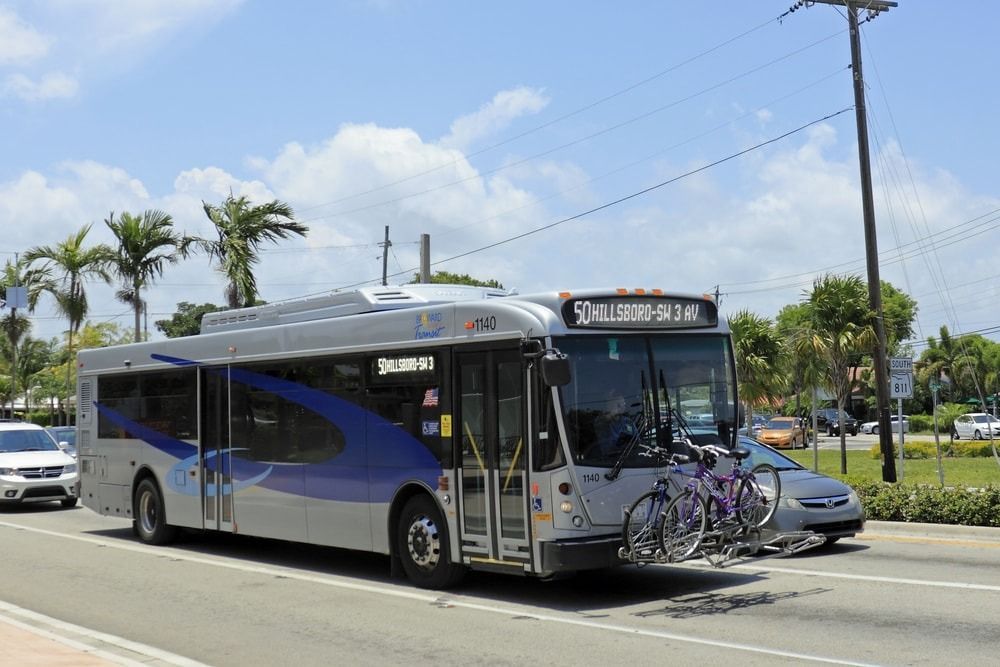
One of the best ways to prevent BUI is to plan ahead. If you know you'll be drinking, consider these alternative transportation options:
- Ride-sharing services: Uber and Lyft make it easy to get home safely without getting behind the wheel or on your bike.
- Public transportation: Buses and trains are a great way to travel, especially in urban areas.
- Designated driver: Ask a sober friend to give you a ride.
- Leave your bike at home: If you know you'll be tempted to ride after drinking, simply leave your bike at home.
Many bars and restaurants offer free or discounted non-alcoholic drinks. Take advantage of these options and stay hydrated.
By working together and promoting responsible cycling habits, we can keep our roads safe and ensure that everyone can enjoy the benefits of cycling.
Keep the Pedal Power, Leave the Intoxication Behind
You can absolutely get a DUI on a bicycle in California (it's called a BUI). However, the laws and penalties are different for cyclists than for motorists. Remember, safety is paramount – never ride under the influence.
Here are the key takeaways:
- BUI is a serious criminal offense, even if the penalties are less severe than a DUI.
- Any impairment by alcohol or drugs could lead to a BUI.
- Know your rights if you're stopped by the police.
- Plan ahead and use alternative transportation if you'll be drinking.
Ride Protected, ride Safe, with Bike Legal
At Bike Legal, we are more than just a personal injury law firm—we are dedicated cyclists representing injured cyclists. If you or someone you know has been involved in a bicycle accident, let us be your advocate.
Cyclists Representing Cyclists
Our team combines a deep passion for cycling with unparalleled legal expertise. We understand the unique challenges cyclists face and are committed to securing the justice and compensation they deserve. We leverage our personal cycling experience and professional skills to thoroughly analyze every aspect of your accident, ensuring the highest compensation for your injuries and damaged property.
Unmatched Expertise and Proven Results
Specializing in bicycle accident cases, we have handled over 500 claims nationwide, providing exceptional legal advocacy with a thorough understanding of both local and national cycling laws. Our proven track record speaks to our commitment to achieving the best possible outcomes for our clients.
Committed to Cycling Safety
Beyond legal representation, Bike Legal is devoted to educating the public on road safety through our informative blog articles. We believe in fostering a community where cyclists and motorists can share the road responsibly.
Contact Us Today
Contact Bike Legal for a free consultation and experience the difference of having a dedicated team of cyclists fighting for your rights.
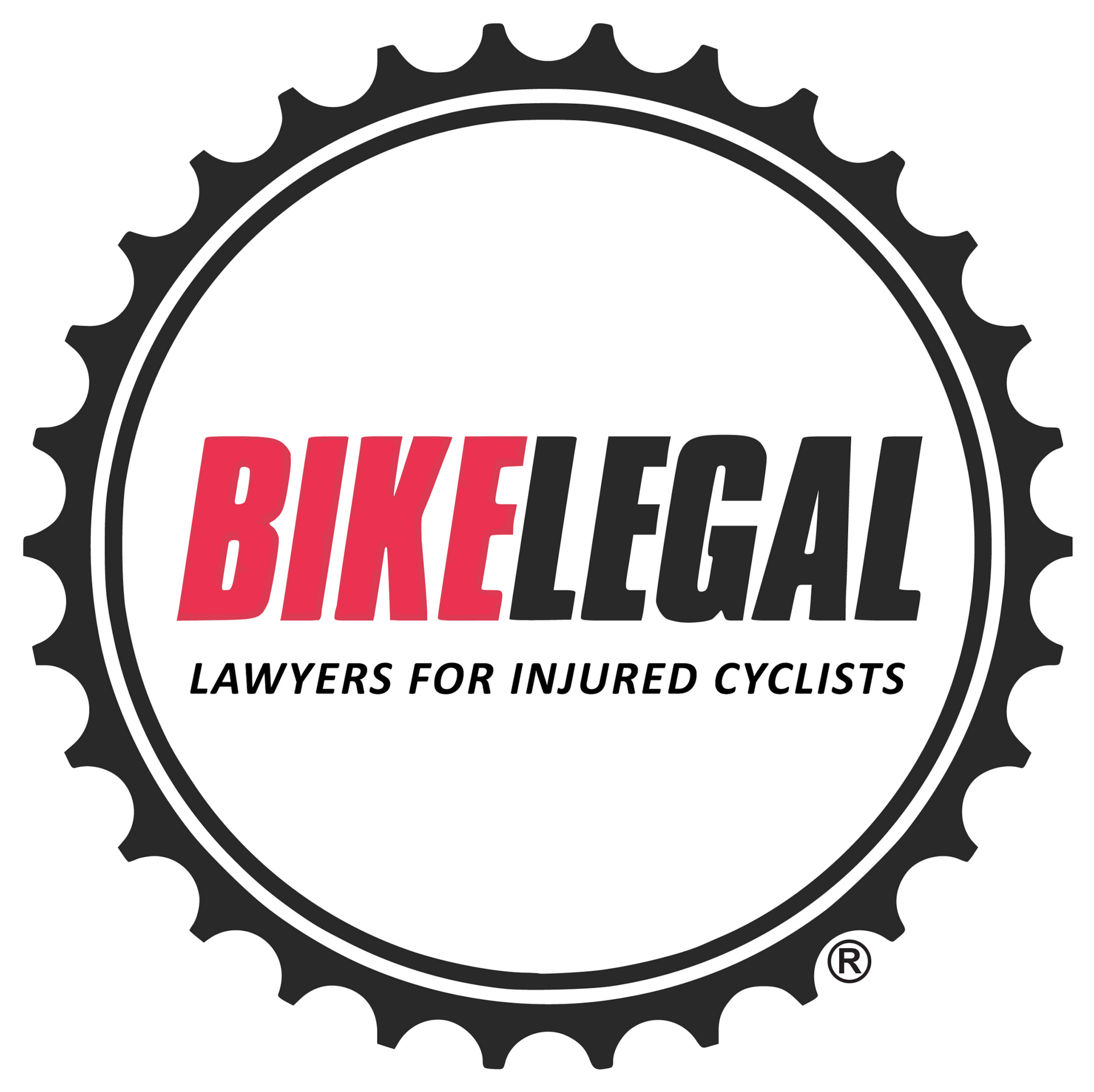
RECENT ARTICLES
Need Us?
We're Here for You
Contact Us
We will get back to you as soon as possible
Please try again later
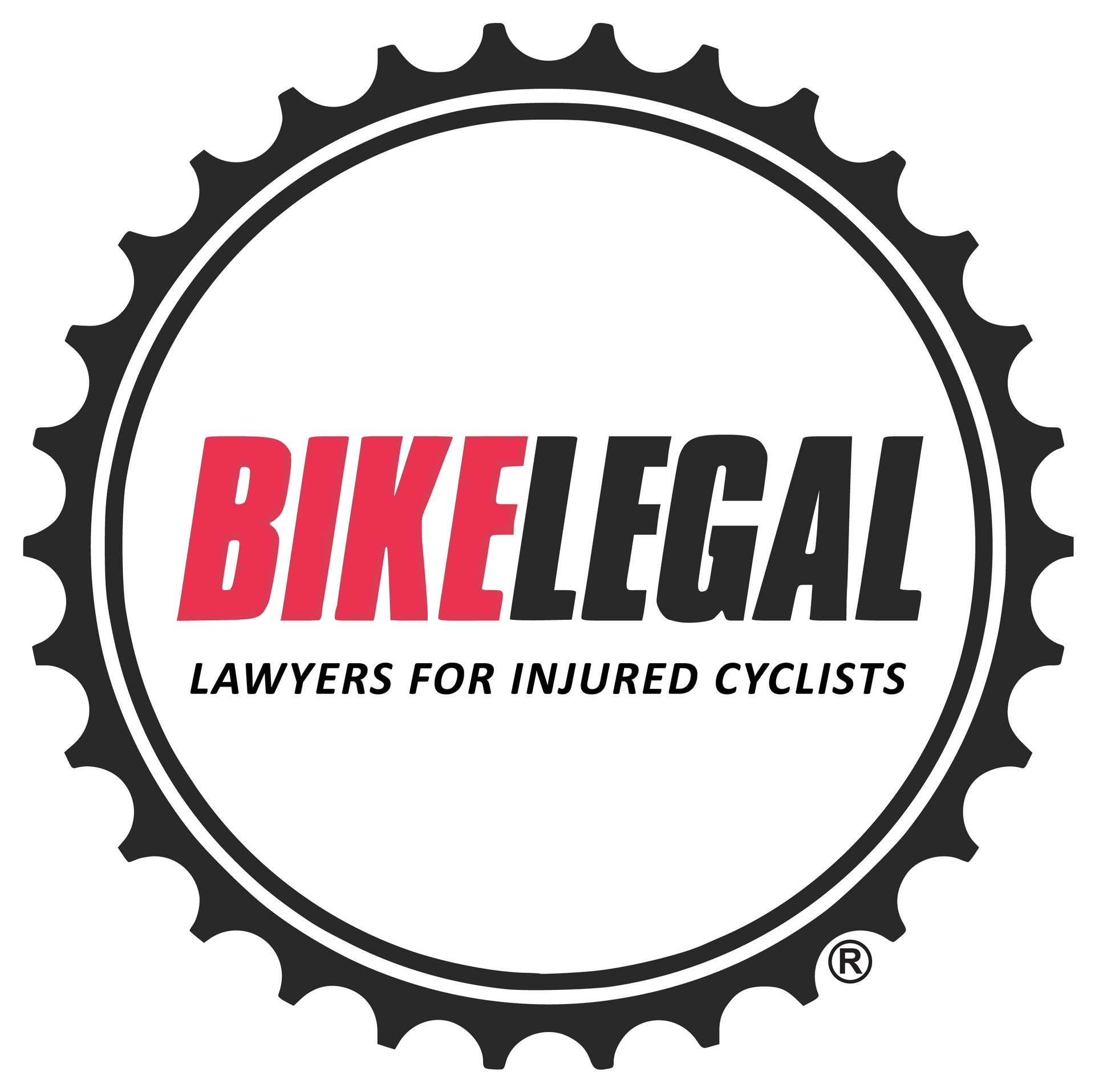
Ride Protected. Ride Safe, with Bike Legal
At Bike Legal our mission is to advocate for bicycle safety and sharing the road responsibly through education. Our legal team is committed to supporting and representing cyclists across the United States no matter where you ride or how you ride.
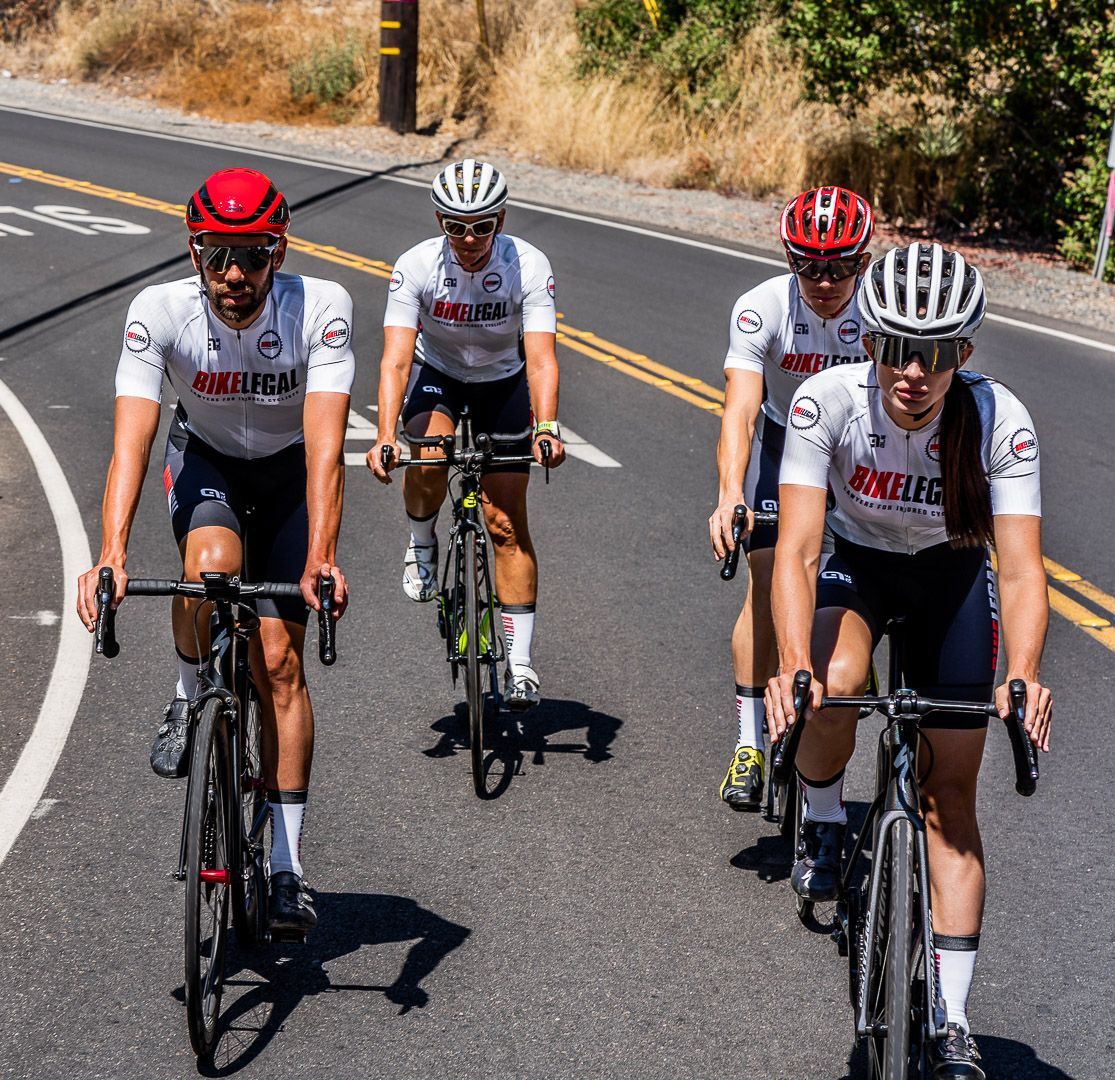
Contact Info
Headquarters
Bike Legal, APC
17461 Derian Avenue-Ste. 203
Irvine, CA 92614
All Rights Reserved | Bike Legal